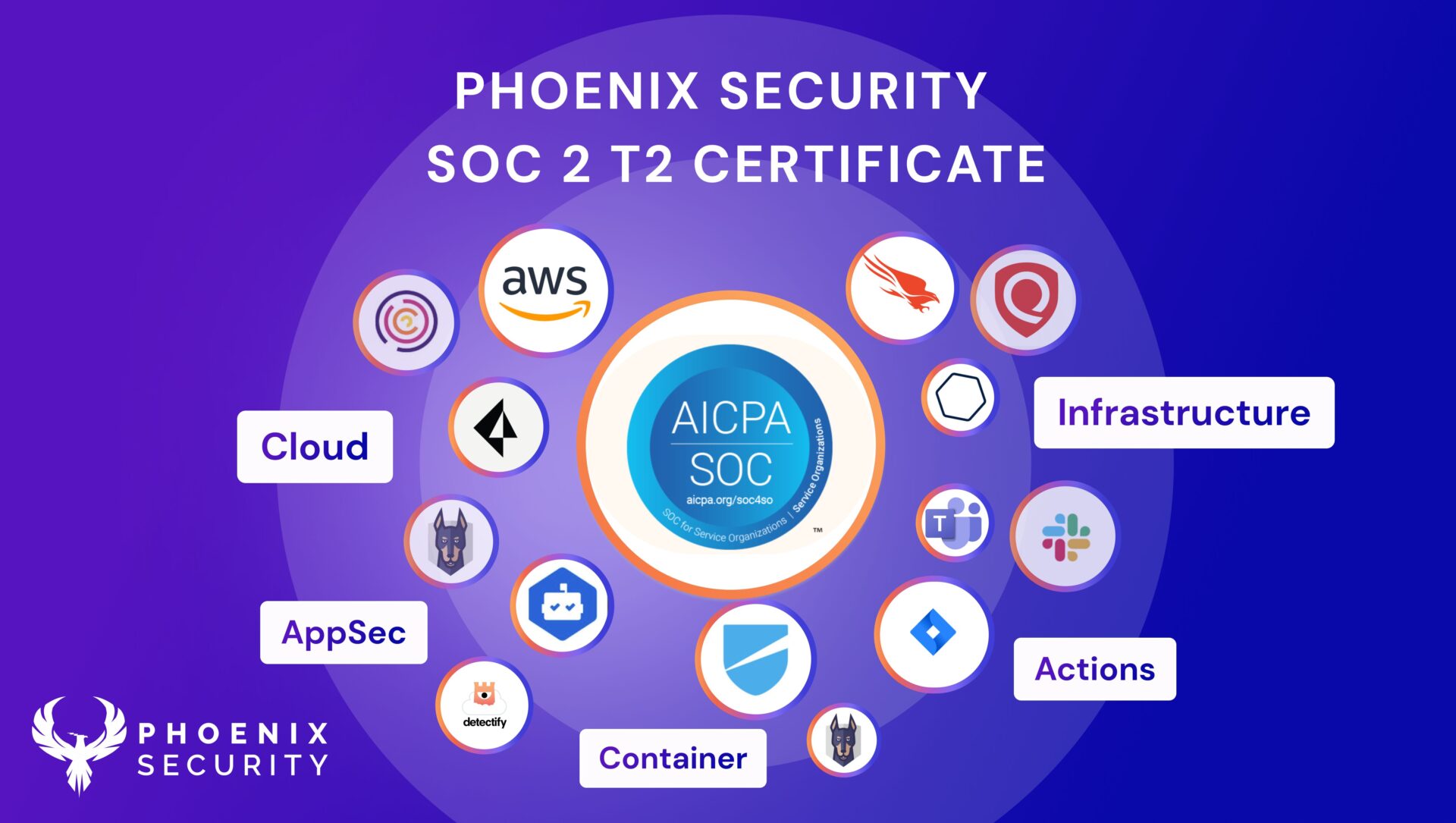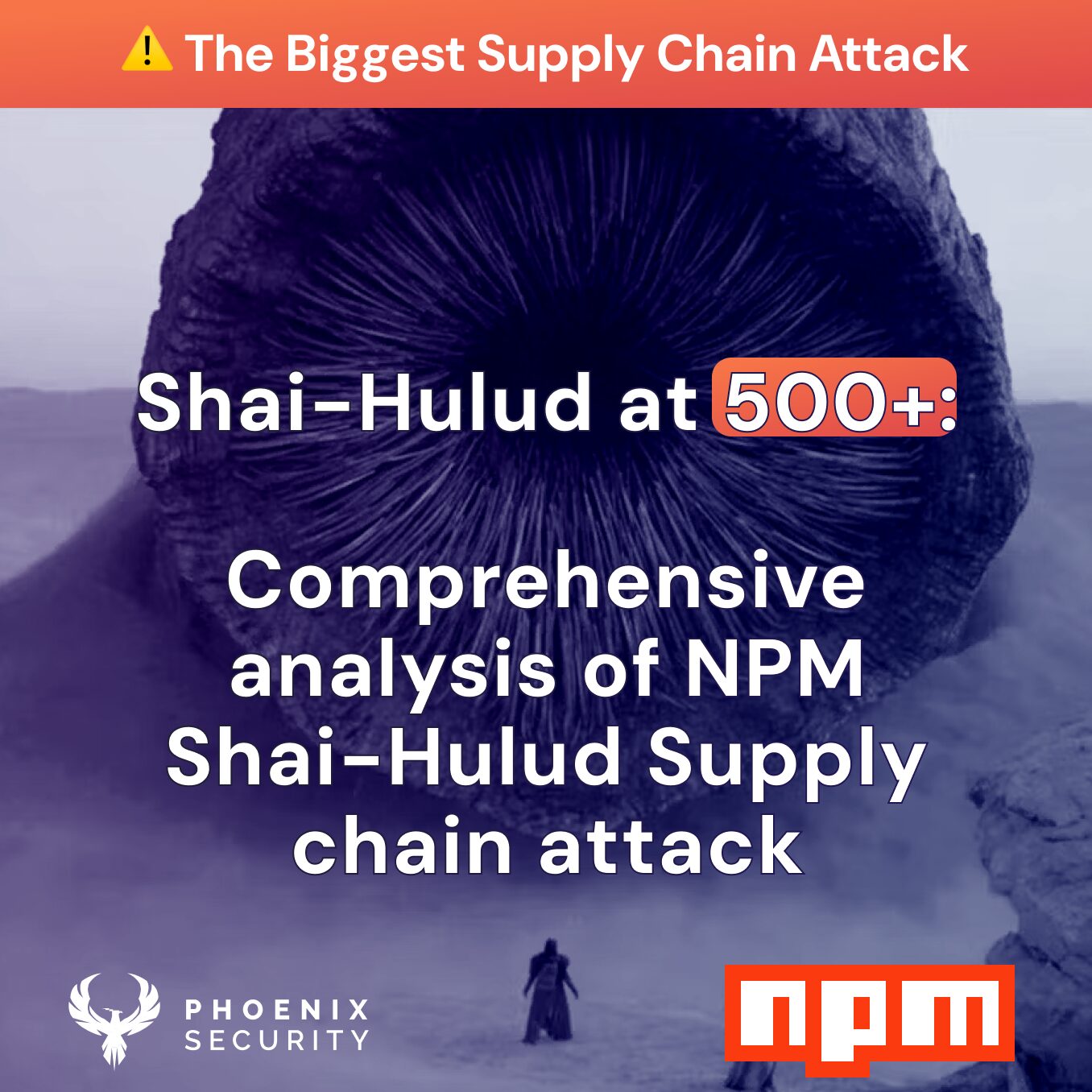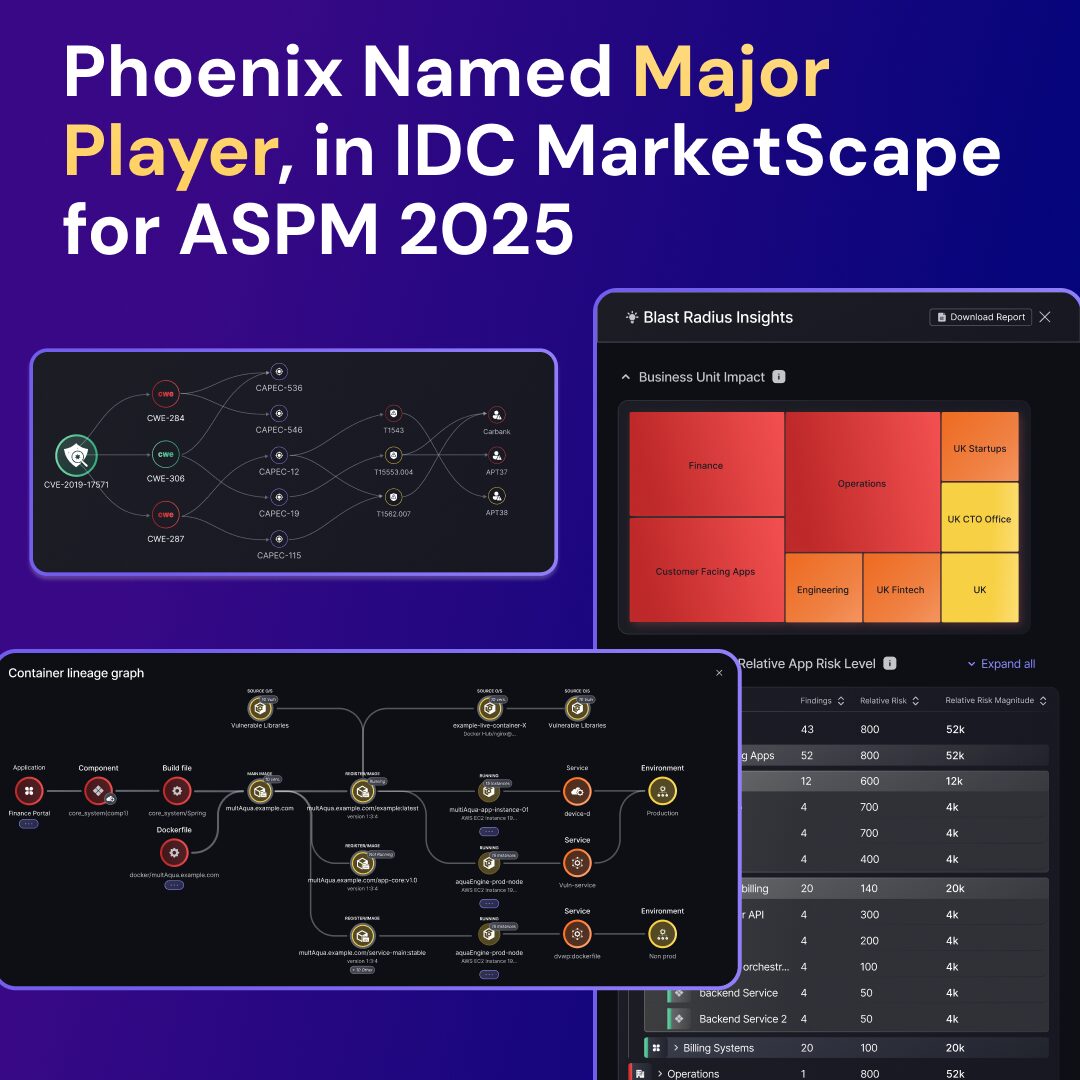
According to PurpleSec, web-based and malware attacks are the two most disrupting and costly types of attacks. These attacks are pretty common in SMEs as well as large organizations. Also, hackers are always in search of the most common and easily exploitable vulnerabilities in most organizations.
Hackers approach vulnerabilities and loopholes in a sophisticated way. They use various scanning services as well as search engines. Shodan is a fairly popular search engine among hackers that exposes public IPs of all IoT connected devices that hackers can possibly exploit.
Google is another popular search engine used by attackers. Many attackers use Google Dorks to find a vulnerable website containing certain parameters. These tactics are pretty common among hackers and methods are evolving with the passage of time.
Let’s dig deep and see how hackers find and approach vulnerabilities:
- Reverse Engineering
Reverse Engineering is potentially the most threatening methodology used by professional hackers to penetrate any system. Hackers deconstruct the design and architecture of a system to study all ins and outs of that particular system. This allows them to find potential loopholes residing inside the system that can be exploited with malicious tools or scripts.
There are thousands of reverse engineering techniques used by hackers to figure out a way to get into their targeted system. Currently, Linux environments facilitate hackers and cybersecurity experts with a range of reverse engineering tools to find weak points of a system.
Some commonly used reverse engineering tools are Javasnoop, Olly Dbg, Jad Debugger etc. Hackers take a sneak peek inside your application processes to examine the targeted area to create exploits.
- Vulnerability Scanners
Almost all security testing environments incorporate a range of scanning tools. These tools are capable of performing network scans, web application scans and port scans etc. Some of these tools include WireShark, Burp Suite, Nmap and Metasploit etc.
Hackers often look up to these tools whenever they want to carry out an attack on their target. Various scanning tools also have a GUI-interface. So beginner hackers can also easily operate such tools to find potential threats residing inside a network or system. These tools are capable of capturing internet traffic and they can also change the packets if proper encryption is not ensured.
A lot of popular scanners such as Acunetix also focus on web vulnerabilities. Such scanners just require little input from your side and they are capable of generating long vulnerability reports enlisting all potential threats.
- Social Engineering
According to Security Boulevard, around 70-90% of breaches are caused by social engineering. Social engineering is so dominant in corporate space because there are no hard and fast rules to prevent it. Hacker masterminds keep creating more social engineering techniques that are crafted to perfection. Let’s have a look at what type of attacks include social engineering methods.
Phishing Attacks
All phishing attacks require your victim to take a certain action based on the hacker’s trap. The success rate of phishing attacks entirely depends on the sophistication of the attack and the attack medium.
- Email Phishing is most common in companies. Hackers craft emails to target company employees and a lot of times, they get their desirable results in the form of credentials or other sensitive information.
- Spear Phishing is also pretty dominant when it comes to high-profile phishing attacks, where an attack is well-crafted according to a specific person. This person might be the CEO of a company or a rich individual.
Malicious Attacks
Hackers often try to install malicious software on their targeted machine to get partial or complete unauthorized access over the device. These attacks are often carried out using social engineering techniques.
Such attacks also use various different mediums for execution. For Example, hackers can target company employees by sending a malicious file through email. This file might look normal, but hackers might have injected malicious code that will automatically be executed once the victim opens the file.
There are a variety of possibilities when it comes to malicious attacks. Hackers can install RATS, Trojans, Keyloggers or Spyware to your device by injecting the malicious code.
- Using Shodan
Shodan can expose a lot about the world and it’s hackers’ eye to find vulnerable IoT connected devices across the globe. The search engine provides you public IP addresses of your search devices. These devices could be anything such as IoT connected webcams, smart bulbs, routers or machines.
Hackers can use scanners to find vulnerable networks by checking exposed ports and then they can exploit vulnerable ports to get control over the device. Shodan is too huge and there is a lot of data for hackers to be crafted.
- Google Dorking
Google Dorking works on a simple mechanism, hackers use strings instead of plain alphabetic language to craft their targeted information from the web. This information could be related to anything such as vulnerable web applications or a vulnerability in a certain theme.
Also, Google Dorking is one of the easiest methods for newbies who test or exploit web applications. It provides you a gateway to access vulnerable websites in different categories with different parameters to use certain exploits.
AppSec Phoenix’s All-In-One Solution
It is always challenging for companies to pass their applications through all the scanners to collect data and then process it to generate reports to prioritize their risks. This approach is prone to errors, and many potential threats can be missed without a proper controlling system.
AppSec offers a single aggregation point to scan, find, prioritize and fix potential threats across all your assets. It comes with a range of indicators to tell you all potential pain points and vulnerabilities residing in your system, along with their severity level. Also, it provides an interactive dashboard for different parties to view vulnerabilities. Have a look at Detailed Features of AppSec Phoenix Solution.
Bottom Lines
Hackers have their eyes everywhere, whether it’s worldwide web or any testing environment with a range of tools. They might look for vulnerabilities while browsing through certain web applications.
Some vulnerabilities such as Cross-Site Scripting require simple one line scripts for testing. Therefore, possibilities are endless and organizations should always take security measures before they are met with any devastating attack.

















